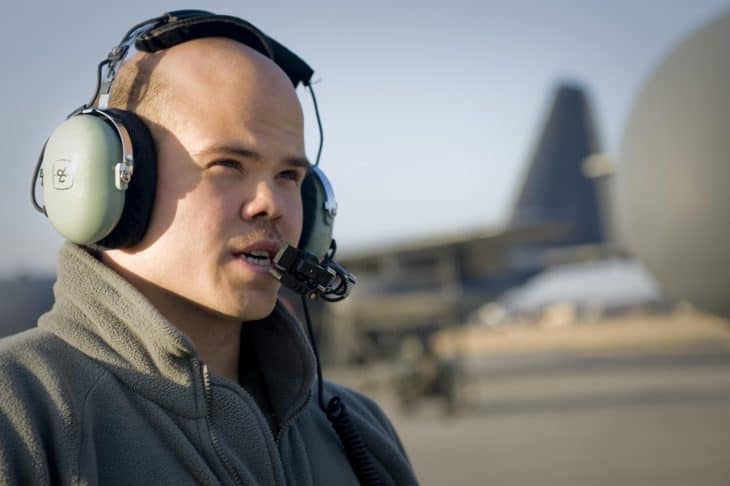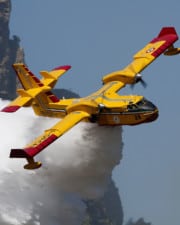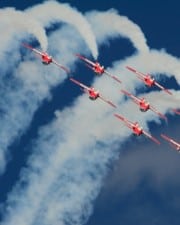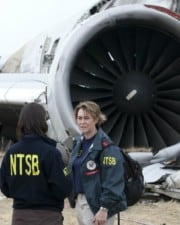Pilots spend a lot of their time talking over two-way radios, which are fickle beasts on the best of days. They’re subject to interference and equipment issues. To make matters worse, pilots are often shouting over wind and engine noise. There are standard words and phrases used over the radio to make communication more straightforward. And, of course, there’s some jargon and slang mixed in. For example, “five by five”. What does it mean?
TLDR – The basic meaning of “five by five” is “loud and clear.” In truth, five by five is slang, commonly heard on radios, and understood by most parties, but not 100-percent correct. There are several theories to its origins, but it’s not actually part of proper radio etiquette in aviation, marine, or ham radio use.
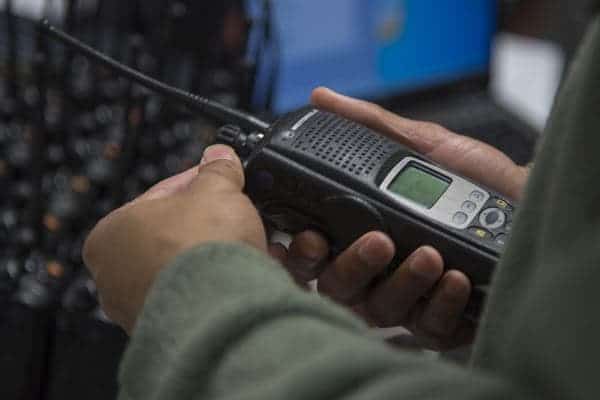
How Air-to-Air Radio Works
In the modern world, we’ve become accustomed to talking on the telephone. Nearly everyone has a cell phone in their pocket, and it’s a marvel of modern technology. But cell phones are relatively limited and can only transmit a few miles. Aircraft radios function on much older technology, but they can transmit several hundred miles in some circumstances.
The most significant difference between the two radio technologies is how they’re operated. When you talk on the phone, you can simultaneously talk and listen. In radio terms, this is a relatively advanced type of communication known as full-duplex.
Most radio transmitters do not function this way. Simplex communications can only have one transmitter at a time. So when a pilot talks on the radio, no one else can use that frequency simultaneously. The transmitter is keyed with a button in the cockpit, known as the push-to-talk, or PTT, button.
When that button is not pressed, the radio receives everything within range on the frequency. But when it is pressed, it can only transmit. If two pilots press their PTT buttons simultaneously, a garbled interference is heard by everyone else, and no one can use that radio frequency. In radio parlance, this is known as getting “stepped on.”
This simple fact drives many of the operational practices that pilots have to follow when using their radios. The most critical part of using the radio is monitoring the frequency. If someone else is heard transmitting, a pilot must hold their call until the other transmission is completed.

Problems and Limitations of VHF Radios
The most commonly used aviation voice radio works using VHF (very-high frequency) radio. This type of radio wave works via line of sight only. However, that’s not as bad as it sounds since aircraft are usually high above the earth. Their line of sight is much farther than that of two ground stations.
But VHF radio is still subject to interference and problems. The equipment takes some getting used to, and many new pilots struggle with these radios’ seemingly tricky setup. In addition to the wiring inside the plane, the radios are often connected to the plane’s intercom system so that pilots can talk using their regular headsets.
There are many points of failure in the system. A radio may be receiving but not transmitting, which would be difficult for a pilot to figure out. Their only clue would be that no one seems to ever reply to them.
Push-to-talk buttons fail all the time. What’s more, the connection between the pilot’s headset and the radio isn’t great. Since pilots take their headsets from plane to plane, the connectors often get dirty and corroded.
With such a complex system, even simple things can sometimes surprise pilots. Many pilots have thought that their radios have failed, only to discover later that a simple setting (like a volume knob turned down to zero) was the culprit.
Low-Frequency Radios
Some radios transmit even greater distances than VHF radios. Low-frequency radios transmit more like AM radio stations. Transmissions can travel thousands of miles, even worldwide, because they bounce off the earth’s ionosphere and then back to the ground. These types of radios were once widespread aboard ships and planes that were crossing oceans.
These radios were very erratic. They were very sensitive, so they picked up a lot of interference. They were also affected by atmospheric conditions and even the time of day. Faint and barely readable transmissions were common.
Most of these radios have been replaced today with satellite communication systems and data links.

Standard Phrases Commonly Used
Radio calls are standardized for a few reasons. Many pilots point to the fact that they fly all over the world, and they need to make sure that foreign air traffic controllers can understand them. Indeed, English is the international standard language of aviation for this reason, and many phrases are standardized through ICAO (International Civil Aeronautics Organization).
But radio work is also standardized to make transmissions more efficient. As with any form of communication, users develop their own language and syntax as they operate within the system. It may sound funny to outsiders, but it keeps things running smoothly to those using the language every day.
For example, simplex radio transmissions are commonly ended by saying the word “over.” This is akin to saying, “And now, over to you!” It means that the person talking is going to stop transmitting now so that you can reply.
Likewise, the word “out” means that the transmitter is done with the conversation. “Over and out” is a slightly redundant way of saying the same thing.
And finally, the most famous pilot saying of them all. Roger isn’t just the name of a great pilot. In radio speak, “roger” means that the message was heard and received. It is not an answer or an acknowledgment of a clearance, however. It does not mean yes; it just means, “I heard you.”
It’s also important to remember than anyone using a radio frequency can key the mic and talk, so there isn’t any way to identify the speaker. That’s why radio communications always include the aircraft’s call sign or the flight number.
Phonetic Alphabet and Numbers
Letters and numbers play an essential part in aviation communications. Navigation fixes and airports are often referred to by their abbreviations. Since the alphabet letters are short sounds with usually only one syllable, they are easily misinterpreted over the radio.
To solve the problem, there is a standardized vocabulary of words for each letter of the alphabet. The phonetic alphabet is standardized worldwide and used by pilots, mariners, and ham radio operators. From Alfa to Zulu, everyone is on the same page, er, letter.
Likewise, each digit between zero and nine has a specific pronunciation that should be used. Five is pronounced “fife,” and nine is said “niner” to avoid confusion with like-sounding words.
Standard aircraft radio terminology and technique are covered in Section 4-2-1 in the FAA’s Aeronautical Information Manual.
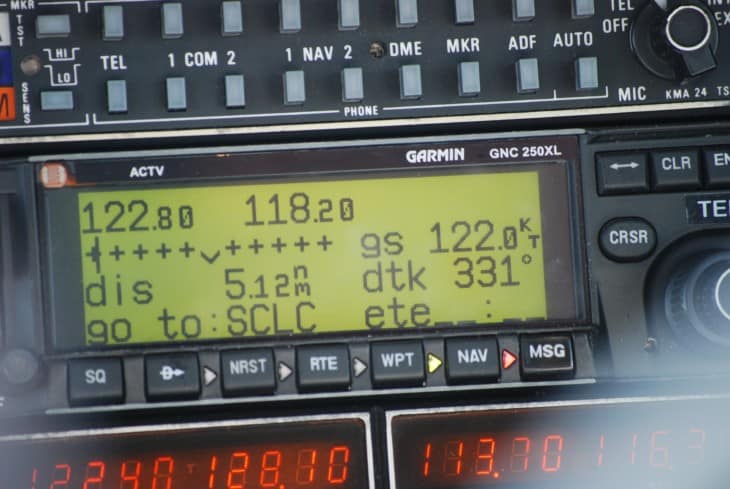
Five-by-Five Slang Explained
So then, what is up with “five-by-five?” With the fickleness of radios and the difficulty of communicating over them, pilots need a way to make sure their radios work. It’s not uncommon for a pilot to request a “radio check.”
In radio’s earliest days, it was limited to transmitting morse code. This was known as wireless telegraphy. Like modern voice radios, operators needed to make sure that the transmission was being received clearly.
A standard system known as the Q-code signal report was established. The QSA report, graded on a scale of one to five, reported the signal’s strength. The QRK report, also graded on a one to five scale, rated how clear the transmission was, or how easy it was to understand. A perfect signal would be described as five and five.
There were other standardized systems, but none of these reports were ever used in radiotelephony (voice communications). The closest thing we have is known as the plain-language radio check, which uses simple descriptive words to achieve the same goals. Signal strength is graded between fading/weak and loud. Readability is measured between distorted/interference and clear.
Since “five by five” roughly equates to a perfect signal and perfect readability, the proper response should be “loud and clear.”
Related Posts
